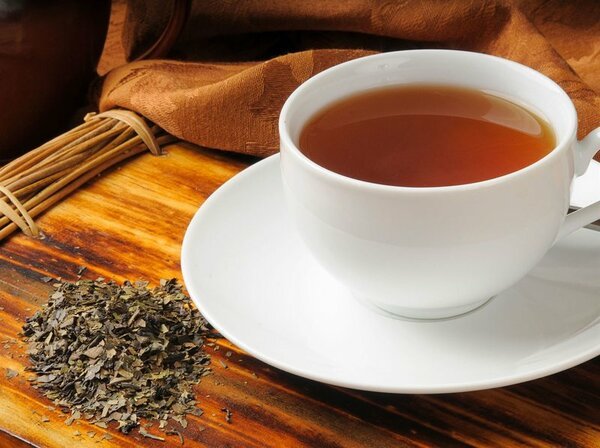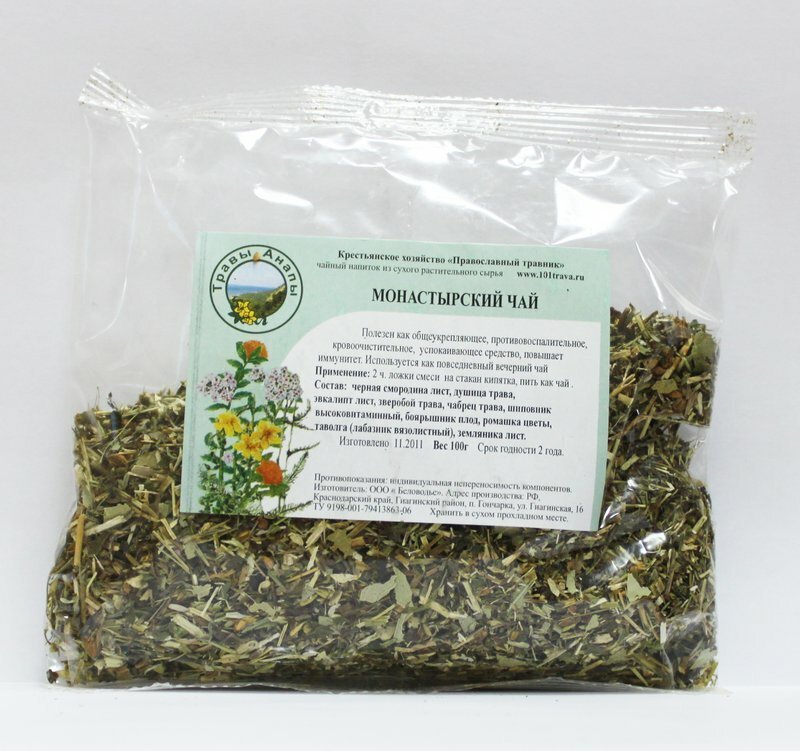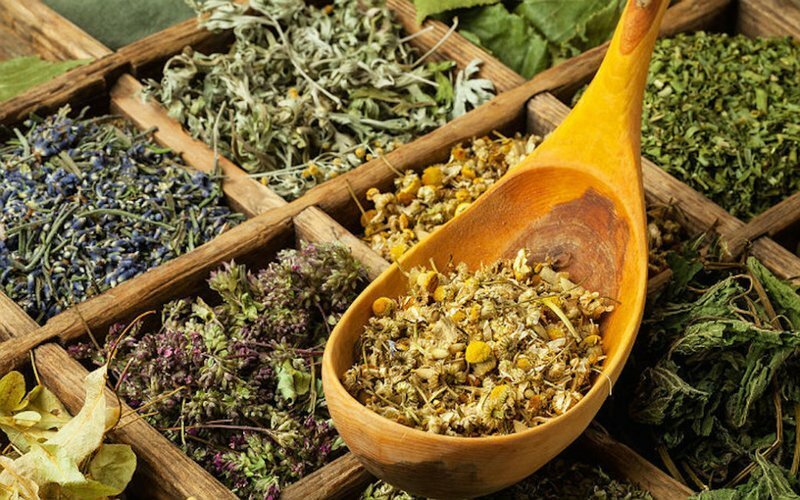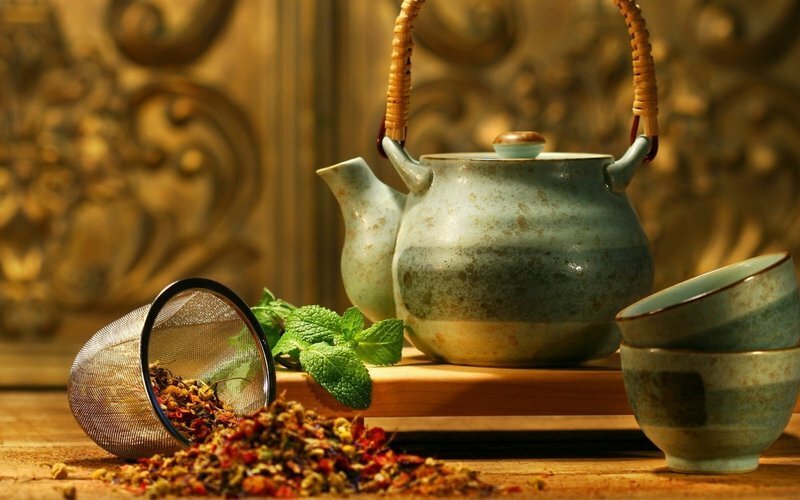
Monastic tea is a modern drink, around which there is a lot of talk. The composition of the classic drink includes 7 medicinal herbs that have a restorative effect. We offer to figure out how to drink monastery tea and whether it really benefits a person.

The main feature of the monastery tea is its unique composition. All herbs from the collection should be grown away from civilization on the territory of the monastery. The drink recipe was invented by a healing monk and passed down from generation to generation.
Tea is a general tonic, but it will not help a person get rid of all diseases at once, its effect is gradual and facilitating. The composition of the classic drink should include 7 main herbs.
Monastic tea is a fortifying agent that can improve a person’s mood, but not cure him of all diseases.
The tool does not have the magic properties of losing weight. Manufacturers use such deception in order to profit from the sale of goods. They describe the wonderful properties of tea and say that thanks to its use, you can lose 10 kg in one month. But this is far from the case. Monastic tea has diuretic properties and therefore a person will be able to lose weight by leaving excess water, but the fatty layers will not disappear on their own.
Types and composition of monastery tea

The monastery tea consists of 7 medicinal herbs. These include:
- St. John's wort;
- Oregano;
- Succession;
- Chamomile;
- Thyme;
- Dandelion;
- Horsetail.
Each of the plants has its own properties that contribute to strengthening the body and its overall healing.

Also included in the collection of 9 and 16 herbs. The main plants listed above are additionally added:
- Linden;
- Immortelle;
- Rosehip;
- Sage;
- Buckthorn;
- Nettle;
- Elecampane.
Monastic tea is not an independent medicine, but only an additional means to the main treatment. Among the main effects of tea, the following can be distinguished:
- For weight loss;
- From smoking;
- With diabetes;
- Antiparasitic;
- Cordial.
Reception monastery slimming tea helps to activate metabolic processes in the body and helps to reduce weight by removing excess fluid. With regular use of the drink, the work of the gastrointestinal tract is restored. If you take 1 cup a day of monastery tea, the woman will notice how her appearance and condition of her hair and skin improve.

Part monastic tea for diabetes includes chamomile and rose hips. With regular use of a drink with such herbs, blood sugar levels normalize and carbohydrate metabolism improves.

Monastery tea is also used for the prevention and treatment of cardiovascular diseases. The positive effects of the drink include:
- Sleep improvement;
- Treatment of arrhythmias and tachycardia;
- Help in getting rid of a depressive state.
St. John's wort, which is part of the drink, promotes the expansion of blood vessels and improves blood circulation.With regular use, a person becomes calmer, a feeling of anxiety leaves.
What is the real benefit of monastery tea?

A positive result on the human body is provided by the complex of herbs included in the tea. Medicinal plants (chamomile, St. John's wort, etc.) have a multilateral effect on the body, contributing to the desired effect. Tea is capable of:
- Relieve fatigue and improve mood;
- Remove toxins from the body;
- Replenish vitamin balance;
- Strengthen the body, especially the human nervous system;
- Speed up your metabolism.
Be careful and check the expiration date of the monastery tea. If after using it, malfunctions in the body were found, stop taking it.
Monastic tea does not harm the human body, but there are still several contraindications to its use. It is not recommended to drink:
- Pregnant and lactating mothers;
- Children under 14 years old;
- Persons with individual intolerance to the components.
How to take?

To achieve the desired result and increase immunity, you need to properly brew monastery tea. Instructions for use:
- In a glass is poured 1 tbsp. l collecting and pouring 250 ml. boiling water;
- Capacity is covered with gauze. The broth should receive oxygen for proper brewing;
- Tea is infused for 30 minutes;
- The gauze is removed and the monastery tea is ready for use.
The brewed beverage can be used chilled or warm, as desired and preferred. Tea is consumed after meals, one cup per day.
Monastic tea is not recommended to be stored for a long time in finished form. Brew a fresh drink before each meal.
Monastic tea can be brewed in another way - in a water bath. The cooking instruction is as follows:
- Elecampane root and rose hips (20 gr.) Are poured 1 liter. boiling water;
- The composition languishes on low heat for 20 minutes;
- Then added monastery tea (10 gr.) And left on fire for 40 minutes;
- Tea is removed and cooled to the required temperature.
Tea should be taken after preparation in a water bath according to the same scheme as with the usual method.
The cost of monastery tea

Real monastery tea is sold on shops in churches. Its cost there is not high - about 300 rubles. The price in the pharmacy varies from 100 to 200 rubles.
The cost of phyto-collection depends on the composition and purpose. Manufacturers of monastery tea ask for it from 800 to 1100 rubles for a package of 50 grams.
You can find many profitable promotions about reducing the price of monastery tea. The total fee for the discount is 990 rubles.
Do you like the article? Like and subscribe on us, we will tell you a lot of interesting things!



























